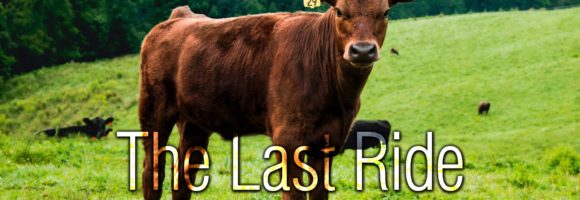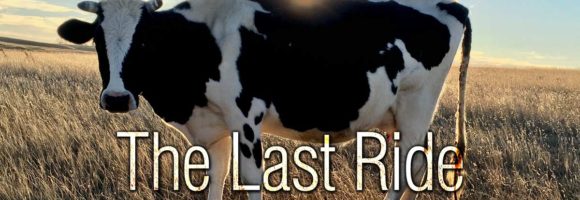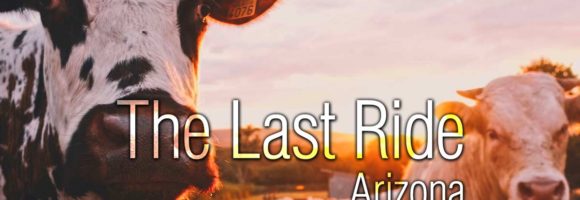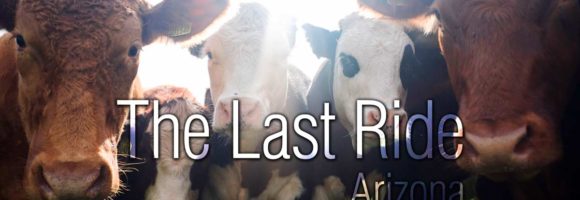Recognizing Risk Factors for Heat-Related Illnesses in Horses
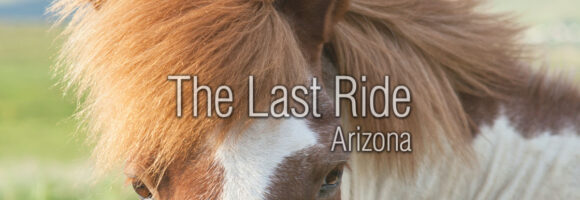
Heat-related illnesses are a major concern for horse owners in Arizona, particularly during the hot summer months. By gaining a better understanding of the various risk factors that are involved with heat-related illnesses, you will be better prepared to care for your horse and to take the steps necessary prevent these illnesses from occurring.
Fitness
One of the key factors that will affect your horse’s susceptibility to heat-related illnesses is its level of fitness. A horse that is well-conditioned is less likely to be affected by heat than your average pasture horse.
Breed
The breed of your horse will also influence its sensitivity to heat. Certain breeds and body styles are less likely to be negatively impacted. A horse with a long, lean build who has more surface area relative to its overall mass will be able to naturally cool itself more easily than one that is stout and compact. As such, an Arabian or a Thoroughbred is likely to do better than a draft horse or even a pony.
Temperature
Of course, temperatures are also a factor. Be sure to give your horse time to acclimate to the changing weather and try to avoid working your horse during the hottest times of the day. Keep in mind that humidity is also a factor, as high humidity prevents sweat from evaporating quickly. Thankfully, humidity is not usually a concern in the Arizona summer, but you should still monitor the overall heat index in order to determine if it is too hot too ride.
